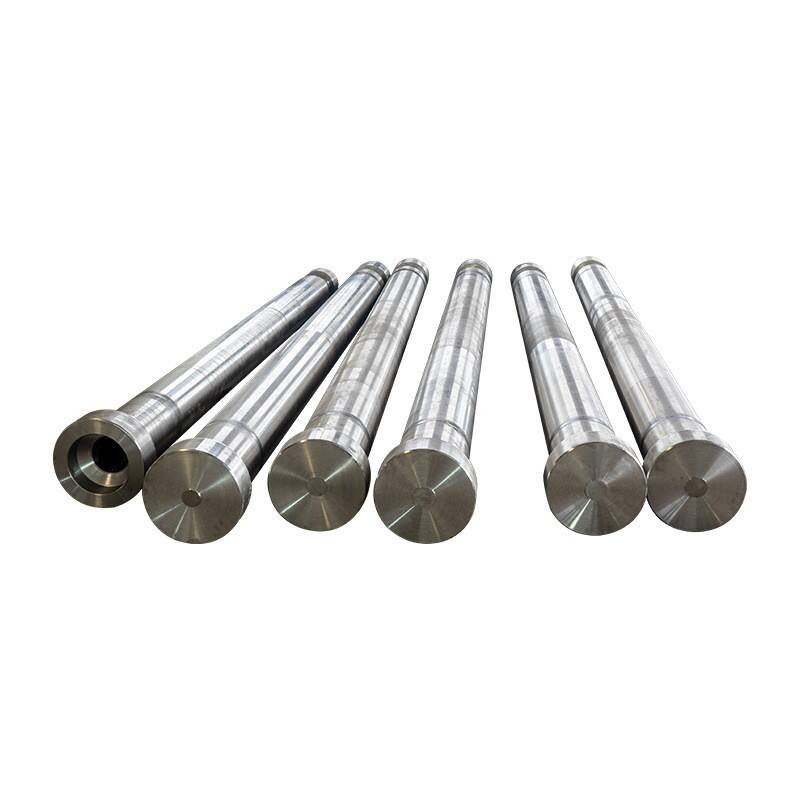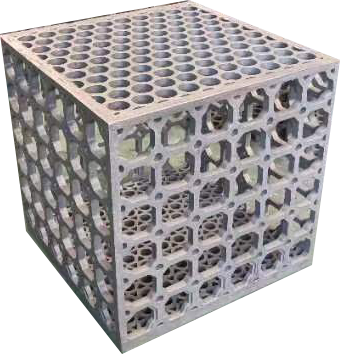precipitation heat treatment
Precipitation heat treatment, also known as age hardening, is a sophisticated metallurgical process designed to enhance the mechanical properties of specific metal alloys. This treatment involves a carefully controlled sequence of heating and cooling operations that trigger the formation of extremely fine particles within the metal's microstructure. The process begins with solution treatment at high temperatures, followed by rapid quenching and controlled aging at intermediate temperatures. During aging, dissolved atoms combine to form coherent precipitates that effectively strengthen the material by impeding dislocation movement. This process is particularly effective for aluminum, nickel, and magnesium alloys, making them significantly stronger while maintaining their lightweight characteristics. The treatment's versatility allows for customization of material properties through precise control of aging time and temperature. Industries such as aerospace, automotive, and precision manufacturing rely heavily on precipitation hardened materials for components requiring high strength-to-weight ratios and excellent mechanical stability. The process can be fine-tuned to achieve specific combinations of strength, hardness, and ductility, making it an invaluable tool in modern materials engineering.

